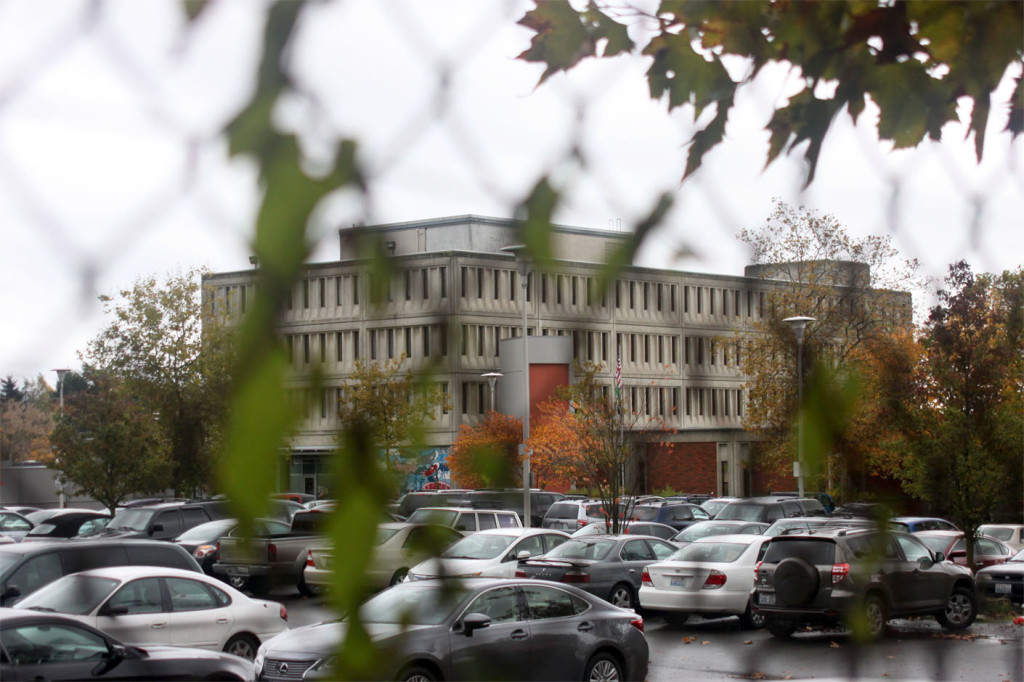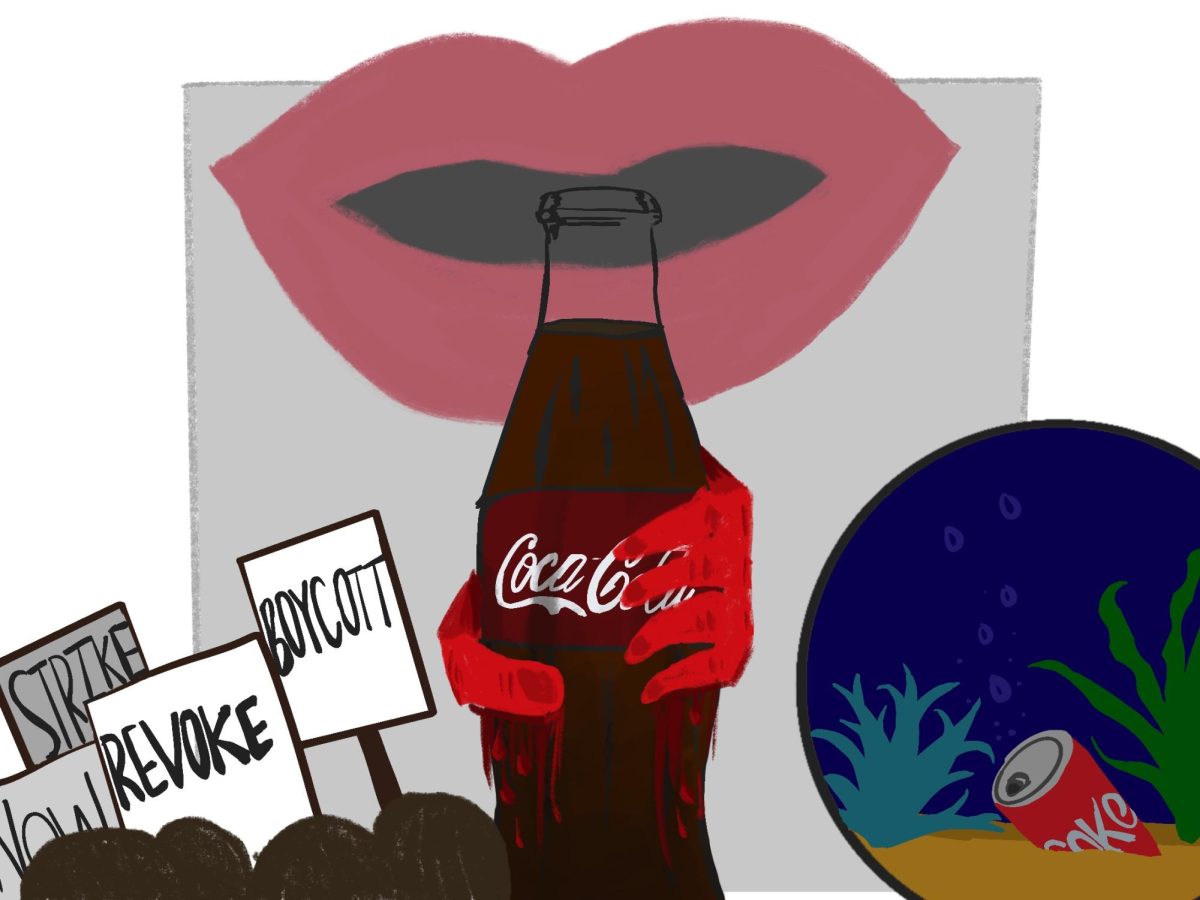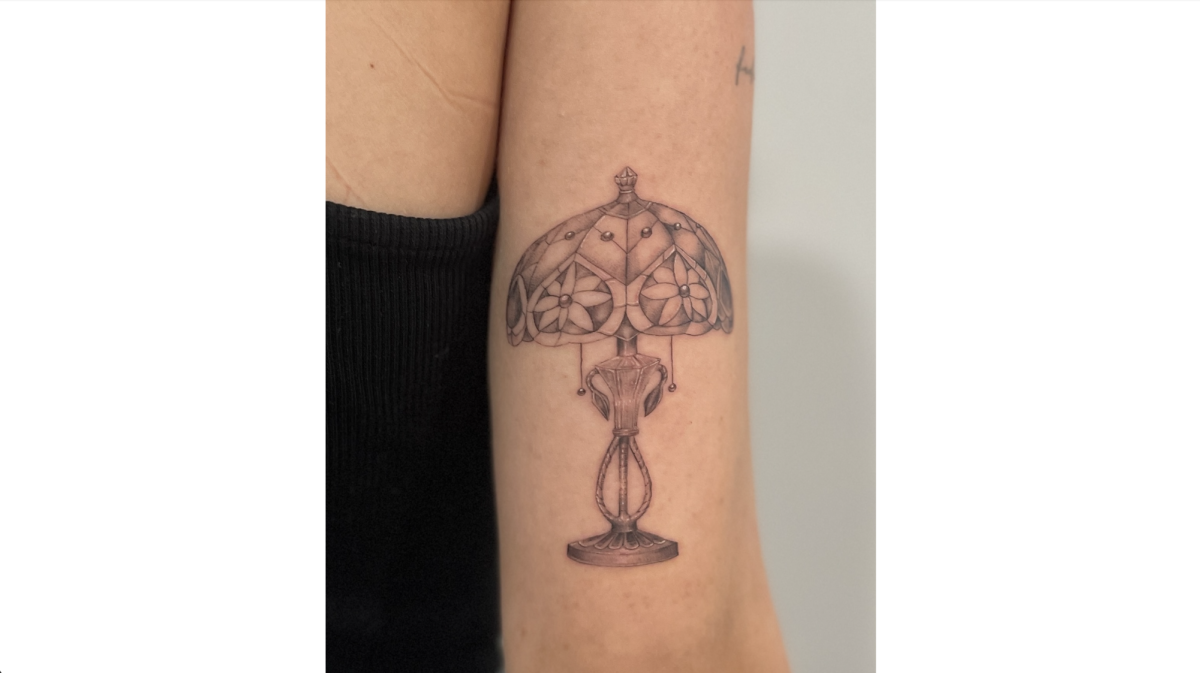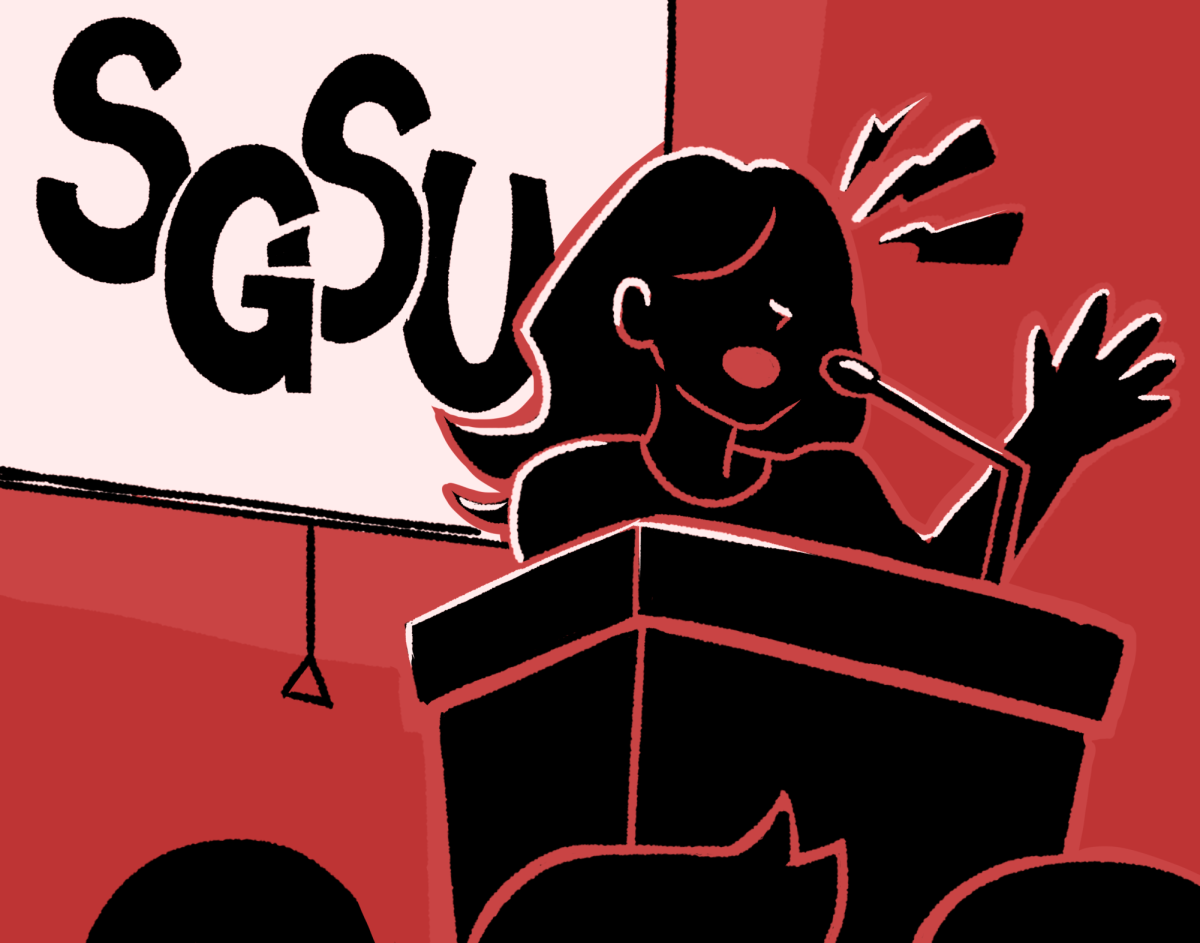A decision by the Seattle City Council to approve $210 million project to rebuild the King County Youth Detention Center located just south of campus has spurred significant activism among those at Seattle University and the surrounding community.
How that money should be spent lies at the center of the controversy.
Seattle U has maintained a relationship with the detention center in the past, with many students volunteering there either on their own or as a requirement for service learning programs.
The Seattle City Council approved a zoning change that would permit the city to build a new juvenile courthouse, 154 new jail cells for youth, and change the name of the center to “Children and Family Justice Center.”
King County also plans to allot 3 of the facility’s 9 acres to developers, who plan to build 425 condos. With the support of Executive Dow Constantine and superior court judges, Council Member Bob Ferguson successfully proposed a property tax levy to rebuild the poorly-maintained Youth Services Center. Council members have concluded that the jail is unsalvageable.
The facility’s problems, as posed by the city council, have made rebuilding seem like the unavoidable option. About 300 people are employed at the facility and about 1,000 people visit each day. According to a campaign pitched to voters, the plumbing, electrical and ventilation systems have been outdated and malfunctioning for years. Pipes have burst and facilities are cramped.
“The place was a dump 8 years ago when I first came on the council,” said Council member Reagan Dunn, who is behind the efforts to rebuild the jail.
While the building is undoubtedly inadequate, simply developing the youth jail ignores the greater issue at hand, opponents to the center’s revamp have said. Just two blocks south of campus, neighborhood residents, activists, educators, parents, health care professionals, and faith leaders have vocalized the fact that Seattle needs much more than a new youth jail.
Youth Undoing Institutional Racism (YUIR) is a multi-racial, intergenerational non-profit group that stood up and forced the city council to consider the racial implications of the project.
“The prison industrial system is just one system where people of color fare worse than whites,” said youth organizer and YUIR member Ariel Hart.
“One of the many goals of YUIR is to stop the development of the jail and see the importance of redirecting from caging youth to providing programs for youth.”
Seattle’s justice system has a large racial disparity, opponents said. They argue that the county’s juvenile detention center is racist, as are the societal structures that lead to the mass incarceration of black youth. According to a study by Juvenile In Justice, black youth make up 9.8% of the King County juvenile population, yet make up about 42% of the detention center’s incarcerated population.
YUIR is one of the many organizations actively opposing the jail. Groups like End the Prison Industrial Complex (EPIC), Solid Ground, and No New Youth Jail are a few organizations that believe building a new youth jail is simply a quick way to deal with the current population of incarcerated youth, rather than fixing the broken prison system. Some Seattle U community members identify with these groups.
“If it were not for YUIR, the conversation would never be happening at this level,” said EPIC member and Seattle U Sociology professor Gary Perry. In a guest editorial in the Stranger, YUIR member James Williams pointed out the plans to sell the edges of the jail’s land to developers as a contributor to gentrification. Over the last 20 years, the black population of the Central District has gone from 51 percent to 21 percent.
“As the youth jail becomes more full of black youth, those same young people and their families have been pushed out of the Central District, where the jail is located,” Williams wrote.
Members of YUIR fear that selling the land to private developers will create more housing and businesses in the Central District that will displace the black population.
The city council has agreed to conduct a racial impact analysis to examine how the new complex could affect minority groups before pushing the project. While the study is a positive sign, much work remains.
King County has a mandate requiring a racial-impact study to be done on any decision it makes.
“The fact that the county has neglected to do a racial-impact study on this particular policy is so disturbing,” Perry said. “Youth Undoing Institutional Racism had to remind adults in positions of power to do their jobs.”
In the past, the council has not dealt with issues of race and discrimination at such a heightened level. “We had to force them to consider the racial implications of our project,” said YUIR member Ariel Hart.
So what does this mean for Seattle U, another institution that occupies a large amount of land in the Central District? EPIC and YUIR are eager to see more involvement from the student body.
“On one hand, we can espouse such great language around social justice, even going so far as to try and save people in other parts of the world, yet the fact that there is a system rooted in white supremacy and born out of slavery in our neighborhood that is so underrepresented really shows that we are not truly engaging with our community,” Perry said.
Groups like EPIC and YUIR have asked the university to take ownership of its relationship with the jail as well as its ability to help. The organizations stressed that this is an issue of community, whether one has a personal tie to the industrial prison system or not.
“This does impact all of us, but unfortunately a lot of people don’t make that connection,” said YUIR member Laura Haldane.
While the injustices pointed out in the industrial prison complex have great validity, the council members say that they cannot ignore the demand for prompt improvement of the conditions for incarcerated youth.
Council member Sally Clark agreed.
“They deserve better programming. They deserve better options. This project can make that possible.”
The City Council has agreed that the zoning change will take effect no earlier than April 1 to allow time for further assessment. While the council made a final decision to continue with the project, EPIC and YUIR have made it clear that the community has the power to make sure the $210 million is well spent.
Devon may be reached at [email protected]












